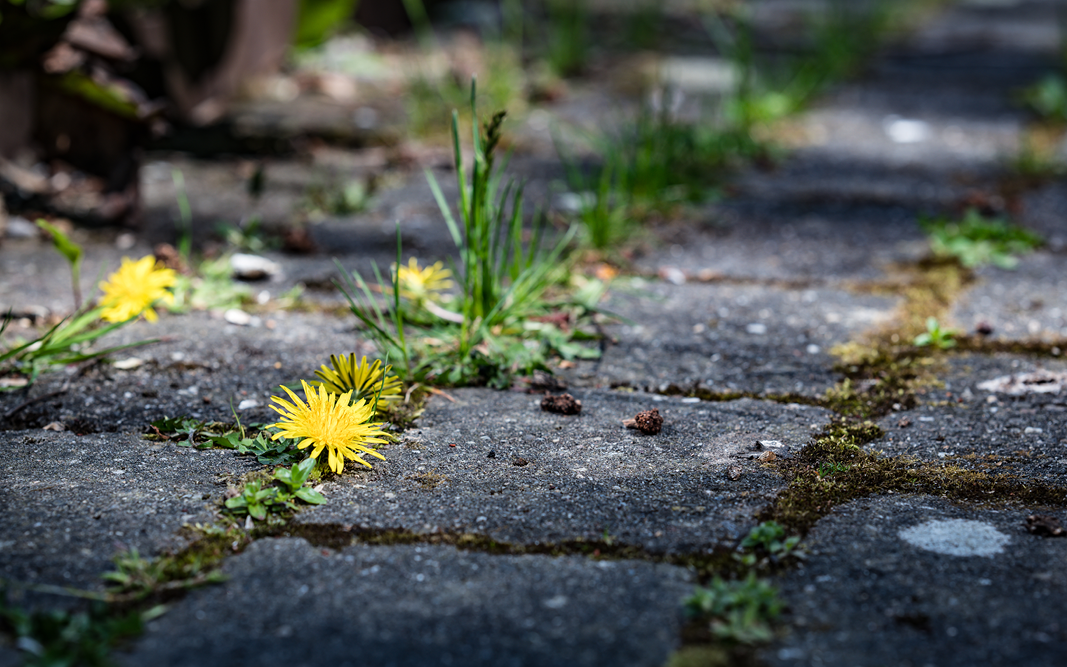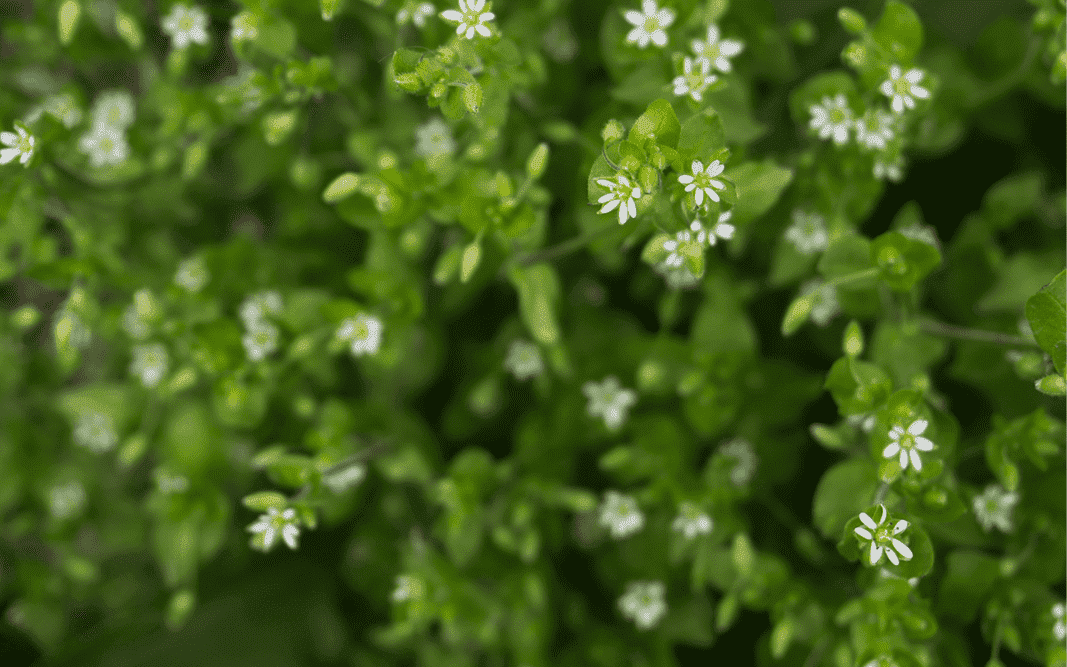Weeds or wild herbs? Between nuisance and delicacy – what really grows in your garden
Anyone who owns a garden knows them: those unwelcome guests between flowerbeds and paving joints. But are they really just a nuisance – or perhaps an underappreciated treasure? Whether you call them weeds or wild herbs , many of these plants can be far more than just a nuisance.

Wild herbs instead of weeds: Why the term is important
The termweedhas been criticized for some time – too negative, too derogatory.Wild herbsOn the other hand, it describes neutrally what's actually happening: A plant grows in a place we imagined differently. Often, these are pioneer plants that conquer our beds with impressive robustness. But what many people don't know: Many of these wild plants are not only useful—they're also edible!
Wild herbs in the garden – useful, beautiful and sometimes delicious
Some wild herbs provide valuable food for bees, loosen the soil, indicate soil quality – and can enrich our kitchen.Ground elder, ground ivy, chickweed, nettleorButtonweedare just a few representatives that surprise with their ingredients and can be used as wild vegetables.
Wild cooking offers many advantages: Wild herbs require no additional care, but grow naturally – often even where you least expect them. They are always available fresh, straight from your own garden. Furthermore, many wild plants contain an astonishingly high concentration of vitamins and phytochemicals – often more than cultivated vegetables. And last but not least: They are sustainable and completely free – a gift from nature just waiting to be discovered.
The other side: When weeds become a nuisance
Nevertheless, it should not be forgotten that many of these wild plants are indeed a competitor to our deliberately cultivated species – and not just a small one. They grow faster, regenerate more quickly, and are often more robust. This sounds admirable, but in everyday gardening, it means: They extract nutrients from the soil, take away light and space, and thus weaken vegetables and flowers – so much so that they become more susceptible to disease or pests. Chickweed, in particular, as delicate as it may look, can conquer entire areas in no time. Root runners, like theBindweedor theCanadian goldenrodcan make control difficult. Those who want to keep their garden in balance must intervene regularly – whether through weeding, mulching, or the targeted use of edible plants.
Conclusion: Fight it or eat it?
Wild herbs are a reflection of our soil—and often far more than just annoying accessories. Anyone who looks closely recognizes their value. Some are allowed to stay, others are allowed to go. And some are best served right away on the plate.
Maybe it’s time to rethink – and rediscover the wild side of the garden.

Frequently Asked Questions (FAQ)
What is the difference between weeds and wild herbs?
weedis a judgmental term for plants that grow in undesirable places.Wild herbsis the more neutral term preferred today.
Can you eat any wild herb?
No. Only clearly identified, non-toxic plants should be collected and consumed. Ground elder, stinging nettle, and ground ivy are good plants for beginners. If you're unsure, stay away!
How can I use wild herbs in the garden?
Many can be processed into teas, salads, soups, or green smoothies. Herbal manure can also be used for fertilization.
Which wild herbs are particularly useful for insects?
Chickweed, ground ivy, dead nettle and wild carrot provide important food for bees, butterflies and the like.
How can I remove weeds sustainably?
Regular and mechanical control is best. Mulching, dense planting, and the use of edible species help limit the spread.








































































































